In this article, we will explore long exposure techniques specifically for night still life photography, where you can paint with light and create mesmerizing images.
The Magic of Long Exposure
Long exposure photography allows you to capture light trails, smooth water surfaces, and dynamic scenes that are otherwise invisible to the naked eye. By leaving the shutter open for a longer duration, the camera captures the cumulative effect of light and movement, resulting in unique and captivating images.
Choosing the Right Gear
Before delving into long exposure techniques, it’s important to have the right gear. While smartphones can capture long exposures, using a DSLR or mirrorless camera will give you more control and flexibility. Here are some essential gear you will need:
- A camera with manual settings
- A sturdy tripod to avoid camera shake
- A remote shutter release or intervalometer for precise control
- A wide-angle lens to capture a broader view
- An ND filter to limit the amount of light entering the camera
Tripod Setup and Composition
Once you have the necessary gear, setting up the tripod correctly is vital for sharp and well-composed images. Ensure that the tripod is stable on the ground and avoid extending the legs fully unless necessary to maintain stability. Composition is equally important in long exposure photography. Experiment with different perspectives and framing to create visually striking still life shots.
Mastering Long Exposure Techniques
Determine the Right Exposure Time
Long exposure times can vary depending on the available light and the effect you want to create. Start with an exposure time of 15-30 seconds and adjust accordingly. Use the camera’s histogram to ensure proper exposure.
Use a Small Aperture
By choosing a smaller aperture (higher f-number), you can increase the depth of field and ensure that both the foreground and background are in focus. This is crucial for night still life photography as it brings out the details in the scene.
Play with Light Sources
Night still life photography offers endless possibilities to experiment with different light sources. Use flashlights, LED lights, or even smartphone screens to paint with light in your frame. Move the light source around during the exposure to add creative elements or emphasize specific areas.
Advantages of Long Exposure Photography
Long exposure techniques for night still life photography offer several advantages that make it worthwhile to explore:
- Capturing surreal and dreamy scenes with beautiful light trails
- Creating a sense of motion and dynamic energy in static still life shots
- Exploring unique perspectives by revealing hidden details otherwise unnoticed
- Adding an artistic touch to your photography portfolio
By mastering long exposure techniques, you can elevate your photography skills and capture stunning images that stand out from the crowd.
Key Takeaways
- Long exposure photography is an exciting technique that captures the essence of a scene by leaving the camera shutter open for an extended period.
- Having the right gear, including a camera with manual settings, a tripod, remote shutter release, wide-angle lens, and ND filter, is essential for successful long exposure photography.
- Proper tripod setup and composition enhance the overall image quality and impact.
- Mastering exposure time, aperture settings, and playing with different light sources can unlock new creative possibilities in night still life photography.
- Long exposure photography offers advantages such as capturing dreamy scenes, adding a sense of motion, revealing hidden details, and showcasing your artistic skills.
Explore the magical world of long exposure photography and unleash your creativity by painting with light. Incorporate these techniques into your night still life photography and create images that captivate and inspire.
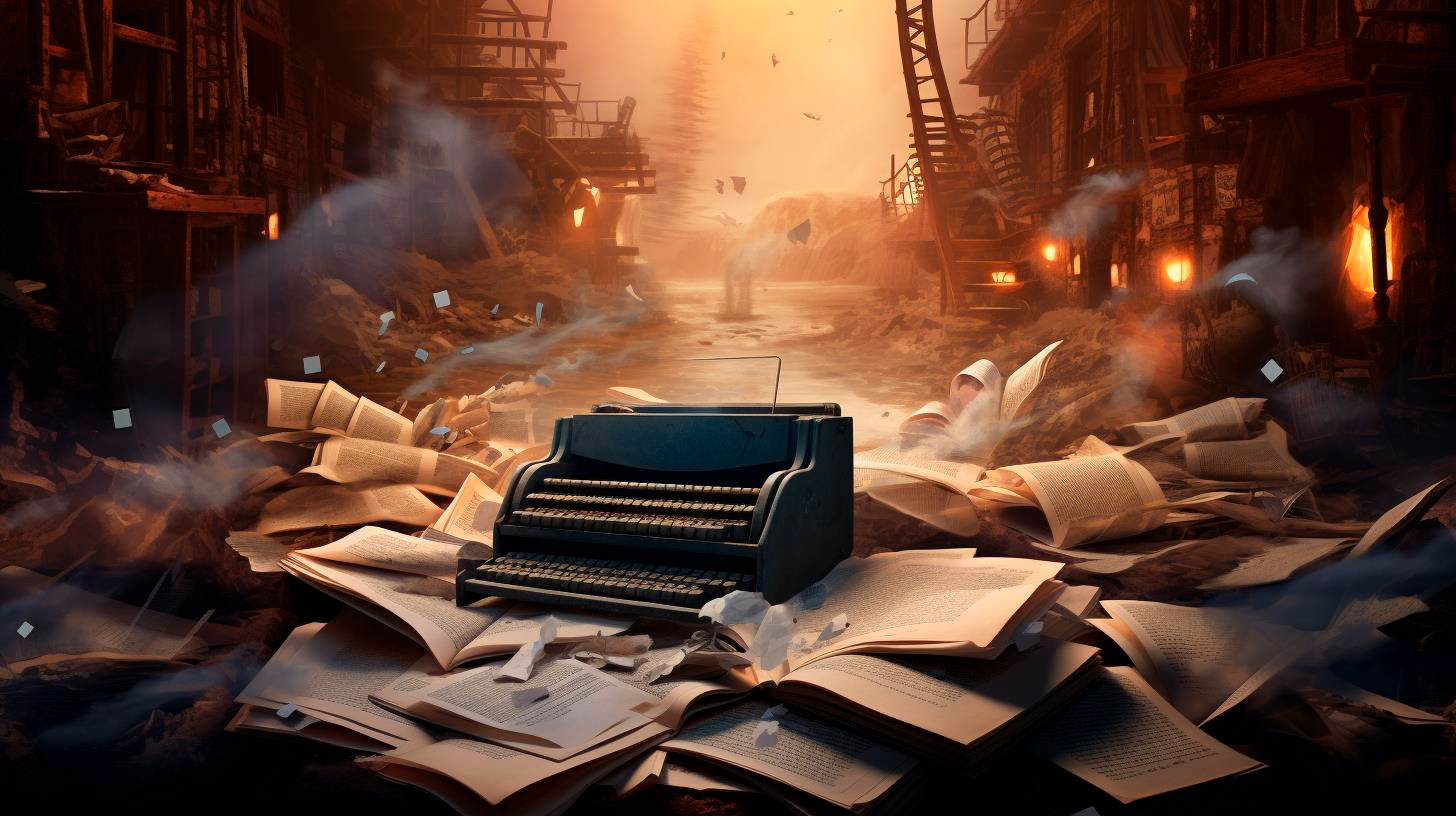


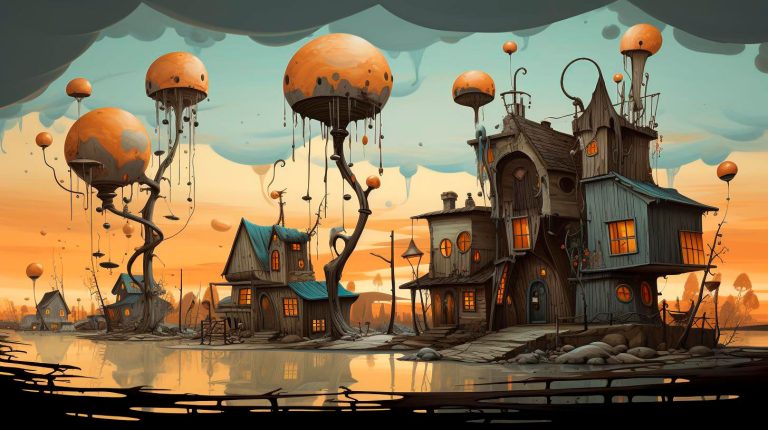
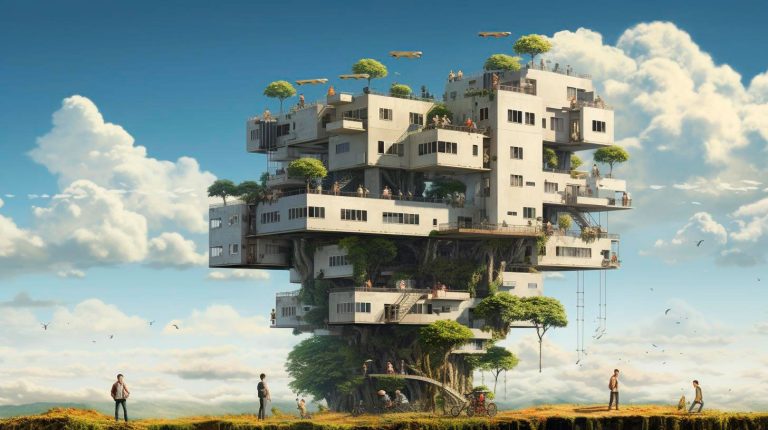
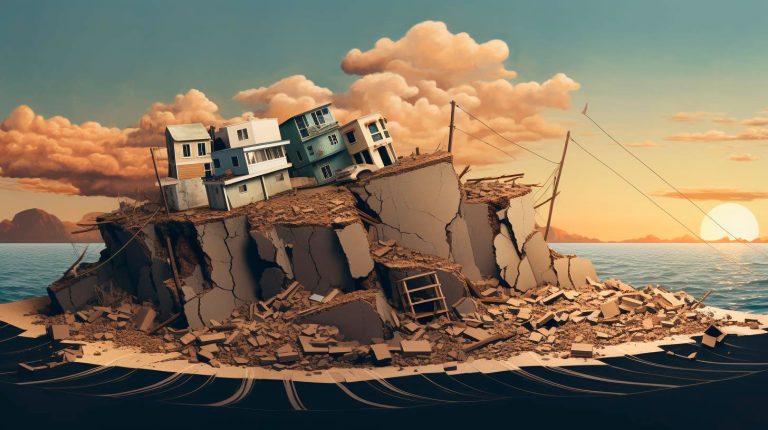
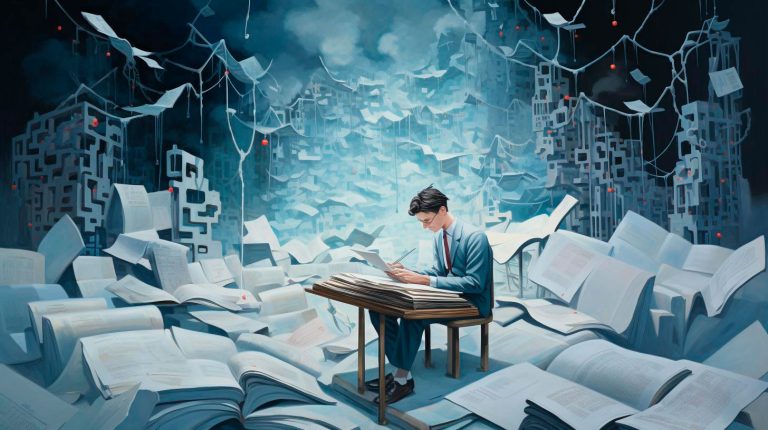
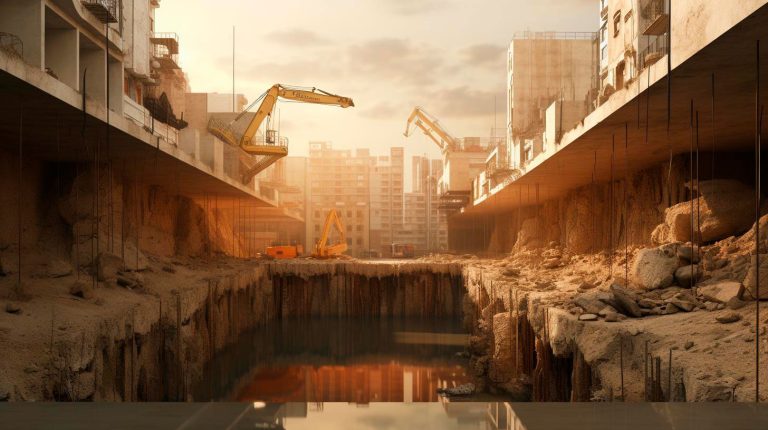








+ There are no comments
Add yours